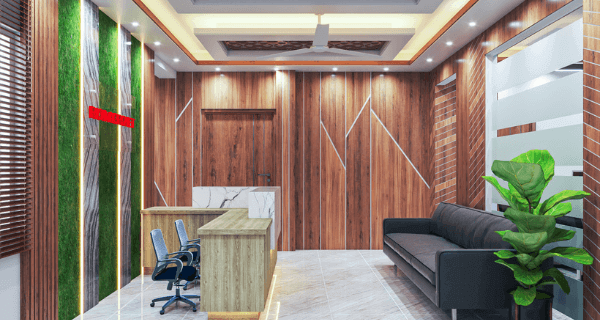Designing your workspace can greatly impact your productivity, focus, and overall well-being. Here are some steps to help you design an effective and comfortable workspace:
Choose a suitable location
Find a dedicated space in your home or office where you can set up your workspace. Consider factors such as natural light, noise levels, and proximity to amenities.
Plan your layout
Determine the layout of your workspace based on your workflow and the available space. Consider ergonomics and aim for a setup that promotes comfort and efficiency. Ensure that essential items are within easy reach.
Select appropriate furniture
Invest in a comfortable chair that provides proper support for your back and neck. Choose a desk with enough surface area for your work requirements. Consider adjustable-height options to accommodate standing or sitting preferences.
Lighting
Optimize natural lighting as much as possible. Position your desk near a window to take advantage of daylight. Supplement with artificial lighting as needed, ensuring a well-lit workspace that minimizes eye strain.
Organize and declutter
Keep your workspace clean and clutter-free. Use organizers, shelves, or filing systems to store and categorize your documents, supplies, and equipment. This promotes a clear and focused mind.
Personalize your space
Add personal touches to make your workspace more inviting and inspiring. Decorate with artwork, plants, or motivational quotes. However, be mindful not to clutter your workspace excessively.
Consider noise control
If you work in a noisy environment or are easily distracted, consider using noise-cancelling headphones or playing background music to create a more conducive atmosphere.
Ergonomics
Ensure your workspace promotes good posture and reduces strain on your body. Adjust your chair and desk height to ensure your feet are flat on the floor, your wrists are in a neutral position while typing, and your monitor is at eye level.
Test and adjust
Once you’ve set up your workspace, spend some time working in it and evaluate its effectiveness. Make any necessary adjustments to improve your comfort and productivity.
Remember that designing your workspace is a personal process, and what works for someone else may not work for you. Experiment with different setups and configurations until you find the one that best suits your needs and preferences.

0 Comments